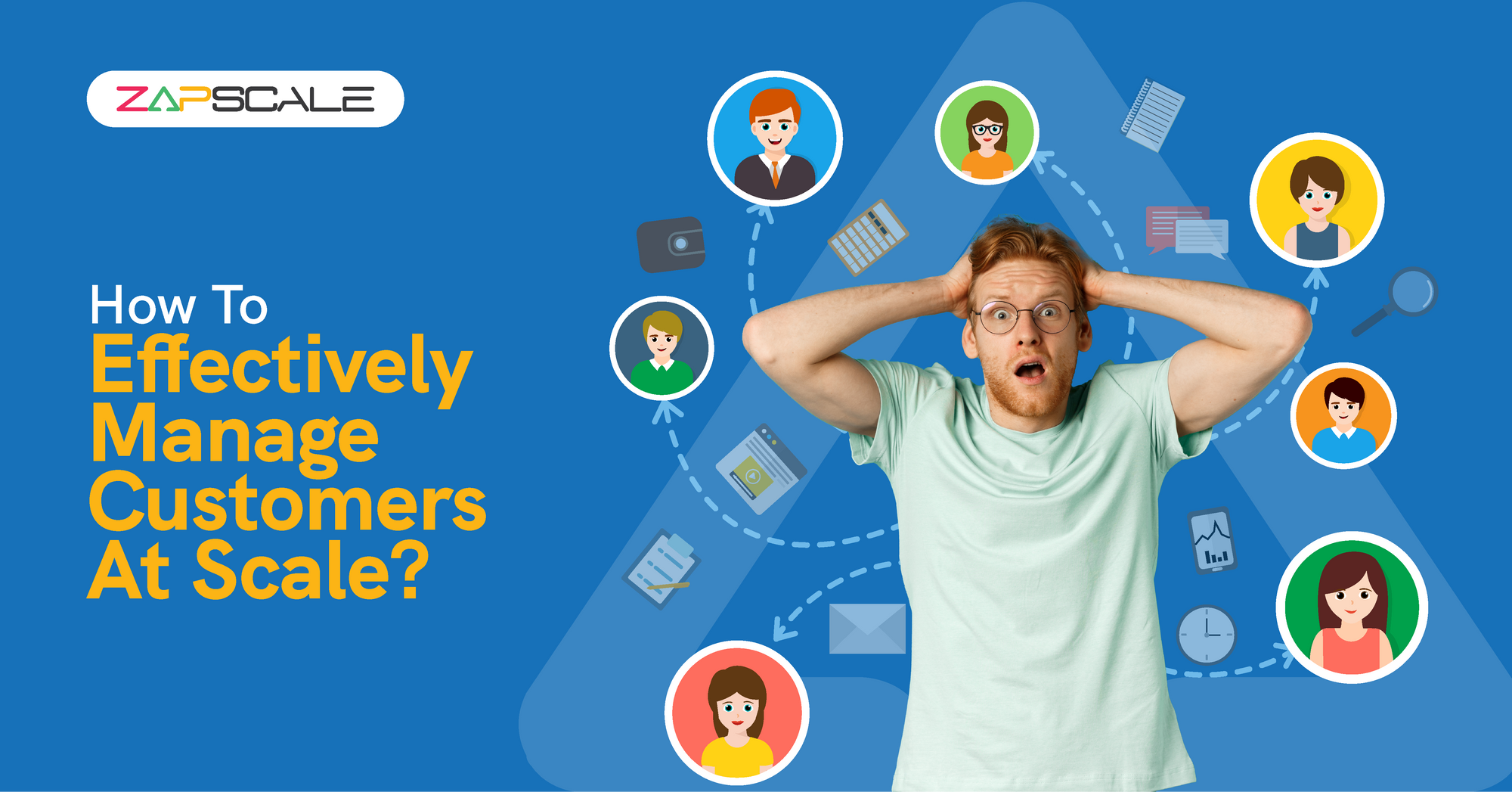CATEGORY > Customer Success Management
Why do young startups need Customer Success?

Last week, an early-stage B2B SaaS company asked me “When should we focus on customer success?”. I answered, “Yesterday”.
Customer Success is vital for every startup. From the moment you have acquired your first few customers, Customer Success should become ingrained in your business as a philosophy and a core point of focus.
What do most companies do for Customer Success?

In most early-stage companies, all the effort and focus are targeted solely on acquiring new customers. As the companies get a little older, deeper into their lifecycle, and reach around $1M ARR (Annual Recurring Revenue), they start experiencing challenges in the path of customer retention and start course correcting. This is a delayed and reactive approach that would cause major losses in the long term.
The quantum of loss is explained in my article “What impact does 1% churn have on a business?”
Why is Net Dollar Retention important?
Sammy Abdullah (Co-founder, Blossom Street Ventures) in his article “The most important metric in SaaS” states that “Dollar Retention is the most important metric in SaaS”. In the article, he shows an analysis of 49 SaaS companies that disclosed their Net Dollar Retention at IPO. The resulting median net dollar retention was 111% and the top performers were well above 120% (the top 5 averaged 144%).
There is a long road to IPO for a young startup working hard to garner investor support - and there are many other hurdles to overcome to get the traction the business needs. But it's important to remember at all times during this journey that Net Dollar Retention is a very essential factor, which, if focused on from day one, can be a game-changer for a business.
Where do we go wrong?
Most founders are deeply involved with early-stage customers. They know them by their first names and the customers have their direct contacts to discuss any concerns. They handle everything from support queries and feature requests to business review meetings. This is essential for early product feedback and PMF.
As soon as you have more than 10 B2B Customers. A few things start to happen:
- From the founder’s perspective
A. The personal touch of founders is reduced
B. The founders are focused on acquisition as they are expected to grow revenues - From the customer’s perspective
A. Existing customers and users expect the same level of close touch-points
B. New customers expect high-quality CS processes like onboarding, training, QBR, etc as they receive from other product companies
To ensure the above, most founders start to take small measures to fill these gaps, such as:
- Hiring a support person to handle queries
- Hiring a person to handle onboarding only
- QBR, adoption, and upsell rhythms are often given to salespeople
This is where the balls start to drop as there is no focused approach to customer success. The teams start handling individual activities but no one focuses on the overall customer success.
What should we do?
David Skok in his famous blog “Startup Roadmap: 9 Steps to Repeatable, Scalable and Profitable Growth” mentions the 9 key steps to reach scale. In the 7th step, he explains that Customer Success should be done across all stages.
Customer Success is a long-term game and requires an early foundation in the fabric of a startup to reap long-term benefits and growth. It's a marathon and you need to start early.
As the business grows, a customer success org needs to be set up. This should happen parallel to the sales org setup. The first hire for sales should be closely followed by the first hire for customer success.
The first tool people put in generally is a CRM to track every customer and the sales process. This should be closely followed by CSP (Customer Success Platform) where the health of all customers can be monitored and acted upon.
ZapScale’s customer success platform makes it easy to have the deepest, most comprehensive view of the customer, user, and overall business health score with its 40 pre-built deep health KPIs. See for yourself by signing up for a free demo today.

Taking inspiration from David Skok’s Model shown above, the following steps should be followed:
Search for Product/ Market Fit
- Founders are personally involved with each customer to get product feedback and ensure the correct PMF (product-market fit).
Search for Repeatable, Scalable, and Profitable Growth Model
- As soon as you have the first few customers, you need a pathfinder or a trailblazer customer success person who will set up your CS org and processes within the business. This involves setting up motions for every customer touchpoint, metrics, activation, support, retention, onboarding, upsell, training, etc.
- The next step is to segregate functions and hire individuals who will contribute in each of these areas. The objective should be to prove that non-founders can now completely take care of the customers following CS processes.
- Once this becomes standard and scalable, the team is ready to take the last step
- The last step is to put CS metrics as one of the key business objectives to make a customer-centric organization. Org-wide focus on metrics will ensure that churn is controlled and managed from day one.
The steps mentioned above will set up a solid foundation for future growth focused on increasing customer acquisition as well as retention. If you want explosive growth, though, I believe that retention is the hidden key to it but we'll dive into that later!
ABOUT THE AUTHOR
Popular from Customer Success Management
Quality Content,
Straight To Your Inbox!
Subscribe for the latest blogs, podcasts, webinars, and events!

Write a Blog
If you have experience in CS and
a flair for writing, we’d love to
feature you.
Write to us on
hello@zapscale.com





